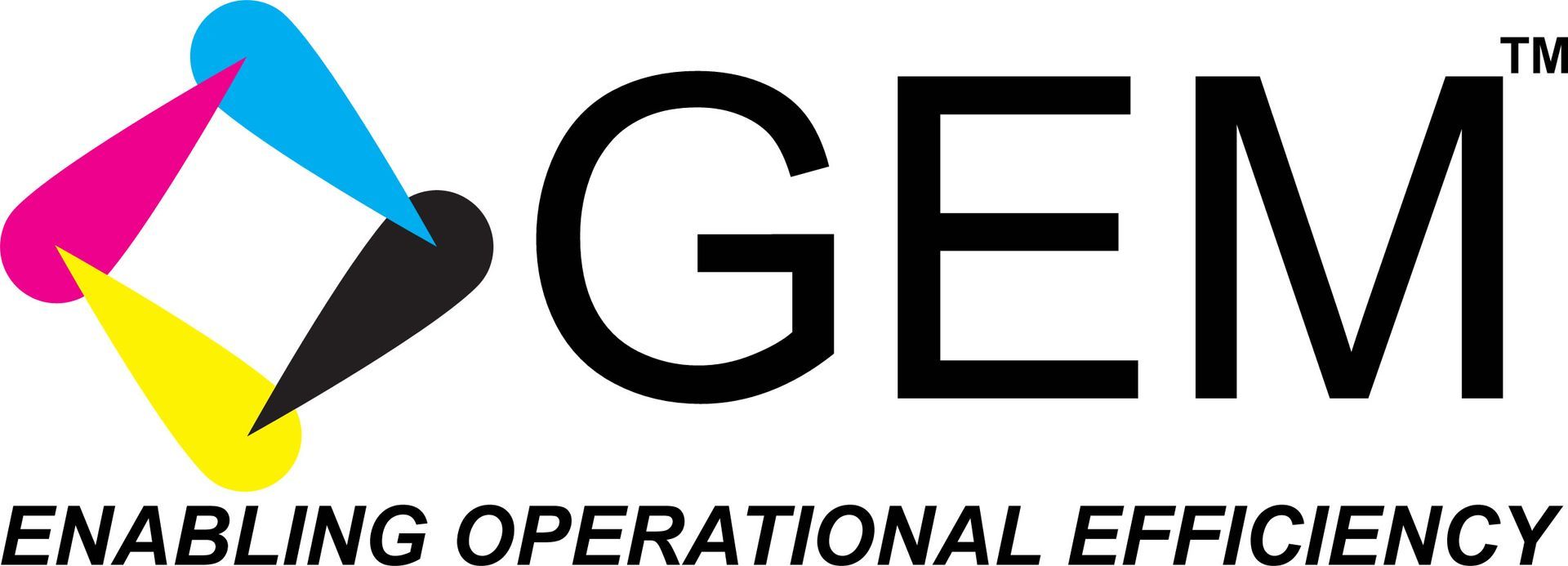Industry 4.0 Benefits Without Industry 4.0 Costs
The Customer
Semiconductor manufacturers are constantly under pressure to squeeze the most out of their capital and operational expenses, while at the same time facing tremendous pressure in a global market from their customers to deliver the highest quality within the shortest lead time.
Whereas COOs are held responsible for CapEx, OpEx and overall performance across all manufacturing sites and business units, VPs at each business unit are responsible for CapEx, OpEx and overall performance of their own business unit, while factory floor directors are responsible for manufacturing operations at their plants to run as efficiently and productive as possible. In concrete terms this means minimizing unplanned machine downtime and maximizing machine throughput, while keeping manufacturing quality high; or in industry parlance, maximizing OEE (Overall Equipment Effectiveness).
The Challenge
Maximizing OEE in semiconductor manufacturing is a non-trivial task. The manufacturing workflow involves multiple stages; each handled by machines specialized for the particular operations involved in a stage. It is not uncommon to find machines from different OEMs handling the same or different tasks on the manufacturing floor, where some machines may be controlled by older generation Operating Systems (some with none), PLCs (Programmable Logic Controllers) that don’t have the ability to provide machine status, performance, quality and availability data in real-time to spot trends to predict when maintenance needs to be scheduled and optimize equipment effectiveness.
This situation includes having no access at all to data for analysis and having access, but having to import the data in batch mode, missing crucial data. In addition, where the data is available, it is often in formats that differ from machine to machine, and more often than not, in formats incompatible with prevalent IIoT formats, such as JSON, XML, etc. To top it all off, a plethora of different communication protocols, ranging from SECS/GEMBO , SCADA and RS232/485 to various flavors of Industrial Ethernet compound the problem of access to data for analytics even further.
As a consequence all stakeholders, from factory floor to corporate office, don’t have access to crucial data to help them make well-informed decisions towards OEE optimization in order to meet the end goal of growing bottom line revenue and market share.
The Solution
Industry 4.0 augments Industry 3.0 process control automation systems with big data and big data analytics. At one end of the Industry 4.0 spectrum this means real-time machine data access, while at the other end of the spectrum this means bridging the chasm between operational technology systems on the factory floor and information technology systems in the back-office.
Industry 4.0 creates a digital twin or cyber physical system (CPS) of each machine on the factory floor. These digital twins allow all stakeholders to take advantage of the full Industry 4.0 spectrum of big data analytics opportunities. A 2018 PwC survey of the electronics manufacturing industry estimates that 45% of manufacturers are already deploying or are in process of deploying Industry 4.0 systems, while another 32% is planning to deploy Industry 4.0 systems within the next 5 years.
The GEMBO PRECARE platform is able to offer semiconductor manufacturers a complete Industry 4.0 upgrade which is tailored to their specific needs, with all the benefits of big data analytics to optimize OEE, but without the cost of overhauling their existing machinery. The highlights of this solution are summarized below.
Real-time data from any machine
Future proofing any machine
Large library of machines
Any factory floor data store
Machine MTB data
Machine OEE data
Machine data format uniformity
Low-latency edge processing
Robustness
Security
Big data analytics
Uniform data visualization
Hierarchy representation
Powerful rule engine
Range of notification methods
Flexible hosting options
Whether legacy or latest generation, agents obtain critical status and operational data in real-time, instantly creating digital twins and extending machine life cycles
A large and growing digital twin library of supported semiconductor manufacturing machines drastically reduces time-to-deployment
Agents can access any networked factory floor data store, including support for OPC-UA, NFS or other network file systems
Agents collect machine status data for any status category and at any level of detail required by the manufacturer, including failures and assists
Agents collect machine OEE availability, performance and quality data, with availability at any level of detail and quality for any equipment modality required by the manufacturer
Agents transform differing data formats into formats that are uniform across all machines
Agents perform complex event processing and notifications at the edge for minimal latency
Auto-recovery of agent datacom links and data store & forward guarantees maximum robustness and no missing data
Strong security at every connectivity stage, from agent to cloud, and VPN support prevents data and access breaches
Analytics such as OEE, MTBF, MTBA, predictive maintenance, etc. are instantly available at one’s fingertips, for any time period and at any factory hierarchical level
Status and machine performance data is presented in a machine agnostic way, presenting a unified dashboard across different machines and OEMs
OEE, MTB and statuses can be presented at any level, across all factory locations down to a single machine
A flexible, visually programmable rule engine supports complex rules and multiple parameters
Stakeholders get notifications instantly across multiple applications and platforms, including text, email, mobile, etc.
Platform hosting options include private, public and hybrid clouds
The Results
By deploying GEMBO PRECARE for Industry 4.0, semiconductor manufacturers gain instant access to all machine data and OEE analytics without having to do a complete overhaul of their existing OT infrastructure. As such they realize significant savings in migrating to Industry 4.0 and gain valuable insight in every machine’s availability, performance, quality, MTBF, MTBA, and other KPIs to be able to undertake necessary actions towards process flow and machine performance optimization, as well as when exactly to schedule maintenance. The overall result is that manufacturers are able to realize increases in OEE as much as 30-40%, increasing OEE scores to as high as 90%.
